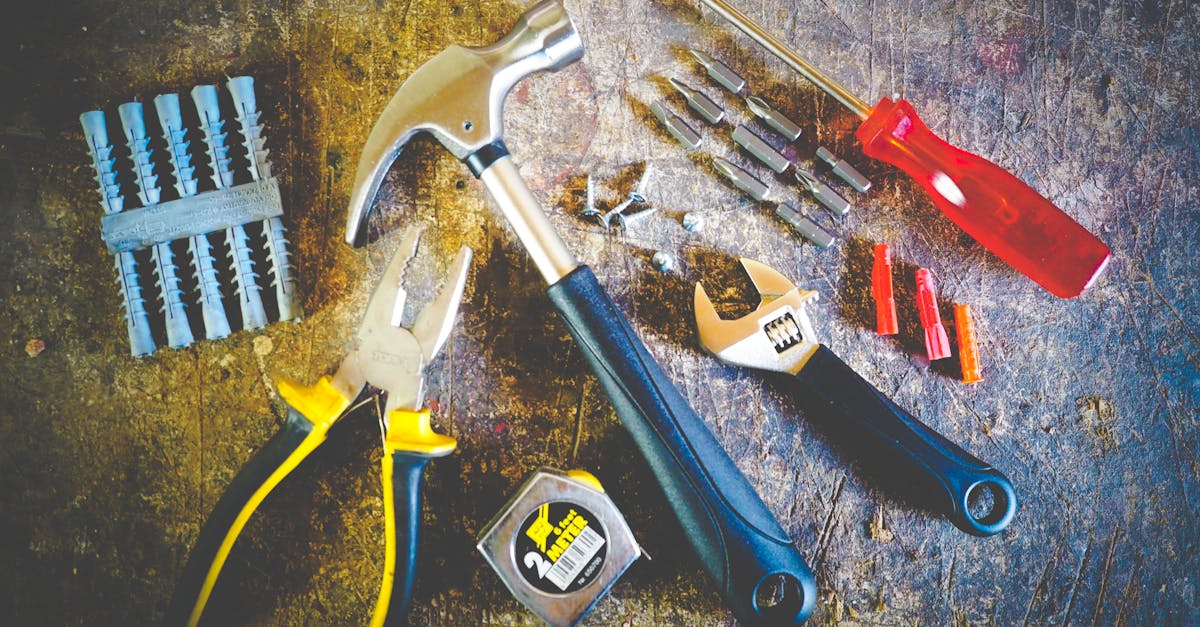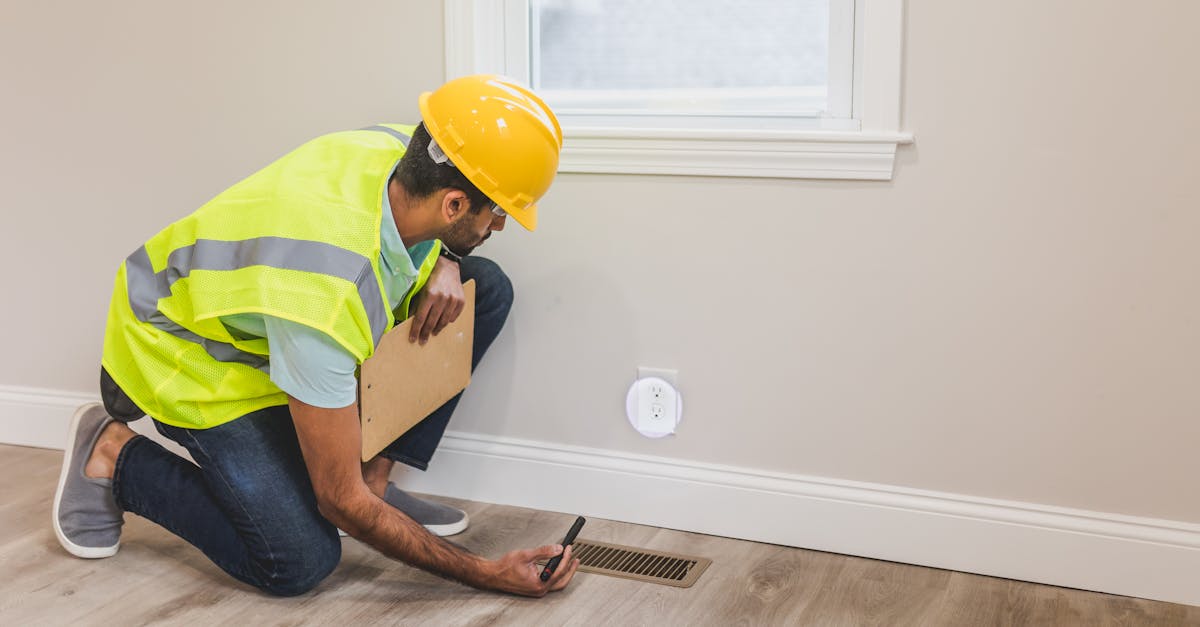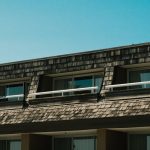
Is your skylight showing signs of damage? From leaks to cracks, a damaged skylight can lead to costly repairs and energy inefficiency if left unchecked. But don’t worry—understanding how to carry out the necessary repairs can turn a daunting task into a manageable project. In this guide, we’ll take you step-by-step through repairing your skylight effectively, ensuring your home remains bright and inviting for years to come. Let’s dive in!

“`html
Skylights are fantastic elements that can brighten your home and bring in natural light. However, they can sometimes experience problems that need attention. Understanding how to address these issues effectively can save you time, money, and a whole lot of stress. Below, we delve into various aspects of skylight repair, from identifying problems to carrying out repairs, choosing the right replacement, and even knowing when it’s time to call a professional.
Recognizing Signs of Skylight Damage
Detecting problems early is key to ensuring your skylight remains functional and safe. In this section, we’ll explore common signs that indicate your skylight might be damaged.
Common Issues to Watch For
When it comes to identifying a damaged skylight, keep an eye out for these signs:
- Water Stains: Look for discoloration or stains around the skylight area.
- Condensation: Foggy glass between panes indicates a seal failure.
- Visible Cracks: Inspect for cracks, chips, or structural damage on both sides.
- Drafts: Notice noticeable drafts near the skylight indicating poor sealing.
- Corrosion: Rust on metal parts can compromise the skylight’s integrity.
Benefits of Timely Repairs
Acting swiftly to repair skylights can yield significant advantages. Let’s discuss the benefits of addressing issues in a timely manner.
Why You Shouldn’t Delay Repairs
Delaying repairs on your skylights can lead to further complications. Benefits of prompt action include:
- Preserving Home Value: Well-maintained skylights enhance your home’s aesthetic value.
- Energy Efficiency: Fixing drafts can lead to lower energy costs.
- Preventing Further Damage: Tackling minor issues early can spare you from larger repairs.
Preparing for Skylight Repair
Preparation makes any repair process smoother and more efficient. In this section, we’ll outline what you need to do before getting started.
Gather Tools and Materials
Before diving into repairs, make sure you have the right tools. Essential items include:
- Ladder
- Screwdriver
- Caulking gun
- Utility knife
- High-quality sealant
Safety Considerations
Ensuring your safety during repairs cannot be overstated. Use a sturdy ladder, wear safety goggles, and take all necessary precautions.
Steps to Successfully Repair Skylights
Here’s a straightforward guide to repairing your skylight without hassle. Follow these steps, and you’ll be well on your way to restoring it to its original condition.
1. Inspect and Identify Damage
Start by examining both the inside and outside of the skylight. Look for visible damage and note any water stains or mold that may indicate leaks.
2. Clean the Skylight
Prior to making repairs, clean the surface using a mild soap solution. Clear away dirt and debris for better adhesion of your sealant.
3. Apply Sealant
Choose a high-quality outdoor sealant. Fill gaps and cracks carefully, ensuring a watertight seal by smoothing it out.
4. Replace Damaged Parts
If you find broken glass or flashing, replace these components carefully. Go for parts that fit your skylight model exactly.
5. Test for Leaks
After applying sealant, test your skylight to ensure repairs hold. Spray water over the skylight and check for leaks inside.
Choosing Replacement Skylights
If a simple repair isn’t enough, you might need to replace your skylight. Here are the key factors to consider when making this decision.
Material Options
Selecting the right material is crucial. You can choose between glass and plastic skylights. Glass provides better insulation and is generally more durable.
Energy Efficiency
Look for skylights with energy-efficient features, such as double glazing to help reduce heat transfer and lower your energy bills.
When to Call a Professional
Some situations require the expertise of a professional. Knowing when to get help is important for ensuring the longevity of your skylight.
Identifying Complex Problems
If your skylight shows extensive damage or if safety is a concern, don’t hesitate to contact a specialist. They have the tools and knowledge to make necessary repairs.
Preventative Maintenance for Skylights
Preventive measures can save you time and money in the long run. Here’s how you can maintain your skylights effectively.
Routine Checks and Cleaning
Make regular inspections a habit. This includes checking for leaks, cleaning the surface, and ensuring seals are intact. Attention to detail can prevent larger issues down the line.
Cost Comparison: Repair vs. Replacement
| Options | Potential Costs | Pros |
|---|---|---|
| Repair | Approximately $100-$500 | Cost-effective, preserves existing structure |
| Replacement | Approximately $500-$2,000 | New model warranties, better energy efficiency |
| Professional Services | Contact for quote | Expertise and assurance for complex issues |
Ultimately, weighing your options and evaluating your skylight condition is critical in deciding whether to repair or replace.
In summary, managing a damaged skylight involves recognizing signs of damage, preparing adequately, and following systematic steps to address the issues. Making timely repairs is essential for maintaining energy efficiency and home value. If repairs seem daunting or the damage is extensive, don’t hesitate to seek the expertise of a professional. Their services will ensure your skylight remains a beautiful feature in your home. Reach out to us today for a consultation and discover the benefits of professional skylight repair services!











